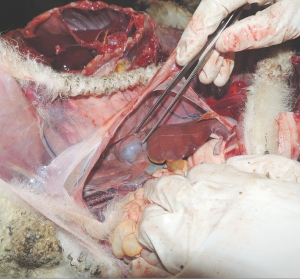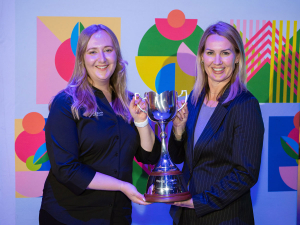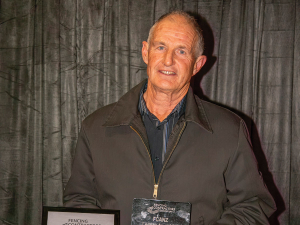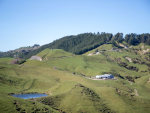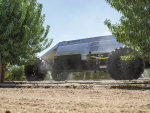“It lets us know if we’ve got our feeding right. If ewes are in poor condition it means they’re just not getting enough feed.”
But contrary to some views, she says even triplet-bearing ewes can get enough feed from pasture alone, as evidenced by a trial at Landcorp’s Mararoa Station, in the Te Anua Basin, Southland.
With about 3500 triplet-bearing ewes in a flock of 17,000, farm managers Tim and Trish Smith compared performance of 500 triplet ewes set stocked at 8.5 ewes/ha, the same as twin-bearing ewes, and a mob of triplet ewes stocked at 6.5 ewes/ha.
Between mating and weaning, the mob stocked at 6.5/ha had dropped 0.1 condition score, from 3.0 to 2.9 on average, while the mob managed as twin-bearing ewes dropped to 2.6.
There was little difference in feed allocation from mating to scanning but it was gradually increased from scanning to lambing. Over that period the ewes stocked at 6.5/ha ate just 7kg more drymatter but come weaning they produced 3.5kg/ewe more lamb
“That’s the best return on feed you’re ever going to get!”
Everett-Hincks stresses the role maintaining ewe body condition played in that result, and indeed does in many successes or failures at lambing elsewhere.
“You need to maintain body condition score all the way through the year: that’s the most cost effective approach with our high producing ewes.”
Smith, who was at the South Canterbury workshop, commented that their trial showed triplet-bearing ewes can get all they need by eating 3kg of high quality pasture drymatter.
“Some people say they can’t eat enough but to my mind that’s a copout,” he commented. “We find they can.”
The key to that is keeping plenty of pasture in front of the ewes: “at least 1500kgDM/ha,” he says.
The key is to build feed allocation steadily during pregnancy to avoid ewes “blowing out”. Smith advocated four-day shifts. “That way they eat all day and don’t gorge themselves….
“What we also found, which is really exciting as well, is that grass grows more grass, so with ewes going into these higher covers we actually grew 30% more grass.”
To avoid pasture quality being lost, if any covers went over 1900kgDM/ha beef cattle were brought in to bring them back down.
Financially, the bottom line of the trial was set stocking ewes at BCS 3.5 on 1500kgDM/ha pastures increased returns per hectare 12%.
“What you think is a fat ewe and what I think is a fat ewe is probably quite different. A ewe should be at body condition score 3.0 to 3.5.”
Any that go over that are easily brought back to target. “The wee chubby girls go on the hill for the summer to get them back to 3.0-3.5.”





